
POMPEII GETS ALL THE scientific and public attention, and it's not hard to understand why. The city buried by the eruption of Mount Vesuvius in A.D. 79 provides an endless source of artistic marvels and archaeological insight, and the cone-shaped stratovolcano still looms over Naples with familiar menace. But just on the other side of Naples' modern sprawl is a kind of shadow Pompeii called Baiae, another ancient town lost to volcanic activity-but not due to a sudden cataclysm. Once a legendary playground for Rome's elite, Baiae slowly sank to a watery end.
Thousands of years before Baiae was known as a resort destination, it would have been the worst place in the world to be. Around 39,000 years ago, the Gulf of Pozzuoli, where Baiae was eventually founded, exploded with 100 times the power of Vesuvius. The waters of the gulf, about 10 miles west of Naples, and the land surrounding it cover a supervolcano known today as the Campi Flegrei, or Phlegraean Fields, meaning the "burning" or "fiery" fields. The caldera is eight miles across, shot through with faults and speckled with 24 craters from smaller bursts on land and underwater. The volcano erupted again around 15,000 years ago, creating vast deposits of the stone called Neapolitan yellow
A mosaic floor with a geometric pattern made of black and white squares of marble called tesserae now sits at the bottom of the Gulf of Pozzuoli off the modern Italian town of Baia. The floor once belonged to a sumptuous seaside home called the Villa with the Porch Entrance in the ancient resort of Baiae tuff, which fronts many of Naples' historic buildings.
The Campi Flegrei has not erupted with that kind of force since but has nonetheless continued to shape the area. Its craters formed inviting basins for Roman ports, its geothermal activity fed hot springs that drew travelers and emperors alike, and its restlessness reshaped the topography and shoreline.
Diese Geschichte stammt aus der May/June 2023-Ausgabe von Archaeology.
Starten Sie Ihre 7-tägige kostenlose Testversion von Magzter GOLD, um auf Tausende kuratierte Premium-Storys sowie über 8.000 Zeitschriften und Zeitungen zuzugreifen.
Bereits Abonnent ? Anmelden
Diese Geschichte stammt aus der May/June 2023-Ausgabe von Archaeology.
Starten Sie Ihre 7-tägige kostenlose Testversion von Magzter GOLD, um auf Tausende kuratierte Premium-Storys sowie über 8.000 Zeitschriften und Zeitungen zuzugreifen.
Bereits Abonnent? Anmelden
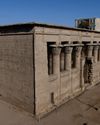
AN EGYPTIAN TEMPLE REBORN
By removing centuries of soot, researchers have uncovered the stunning decoration of a sanctuary dedicated to the heavens
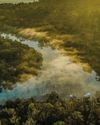
THE SHELL SEEKERS
How hunter-gatherers in northern Florida facing an uncertain future revived a powerful symbol of their past
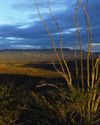
The Secrets of Porvenir
Remembering the victims of a 1918 massacre that shook a Texas border community
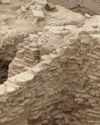
UNEARTHING ANELUSIVE EMPIRE
Archaeologists have discovered rare evidence of an enlightened medieval dynasty that ruled much of Central Asia
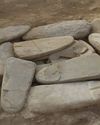
Ahead of Their Time
Excavations reveal the surprising sophistication of Copper Age villagers in southwestern Iran 6,000 years ago

ORIGINS OF PERUVIAN RELIGION
While investigating looters' holes at the site of La Otra Banda in northern Peru's Zaña Valley, archaeologist Luis A. Muro Ynoñán of the Field Museum and the Pontifical Catholic University of Peru spotted carved blocks around seven feet below the surface.
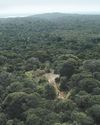
ISLAND OF FREEDOM
Many of the enslaved Africans sent to Brazil beginning in 1549 were from what is now Angola, where one of the most widely spoken languages was Kimbundu.
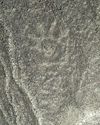
NAZCA GHOST GLYPHS
From the 1940s to the early 2000s, geoglyphs were discovered in the Nazca Desert of southern Peru depicting animals, humans, and other figures at the rate of 1.5 per year.

COLONIAL COMPANIONS
The ancestry of dogs in seventeenth-century Jamestown offers a window into social dynamics between Indigenous people and early colonists.
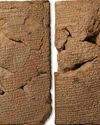
BAD MOON RISING
The British Museum houses around 130,000 clay tablets from ancient Mesopotamia written in cuneiform script between 3200 B.C. and the first century A.D.
